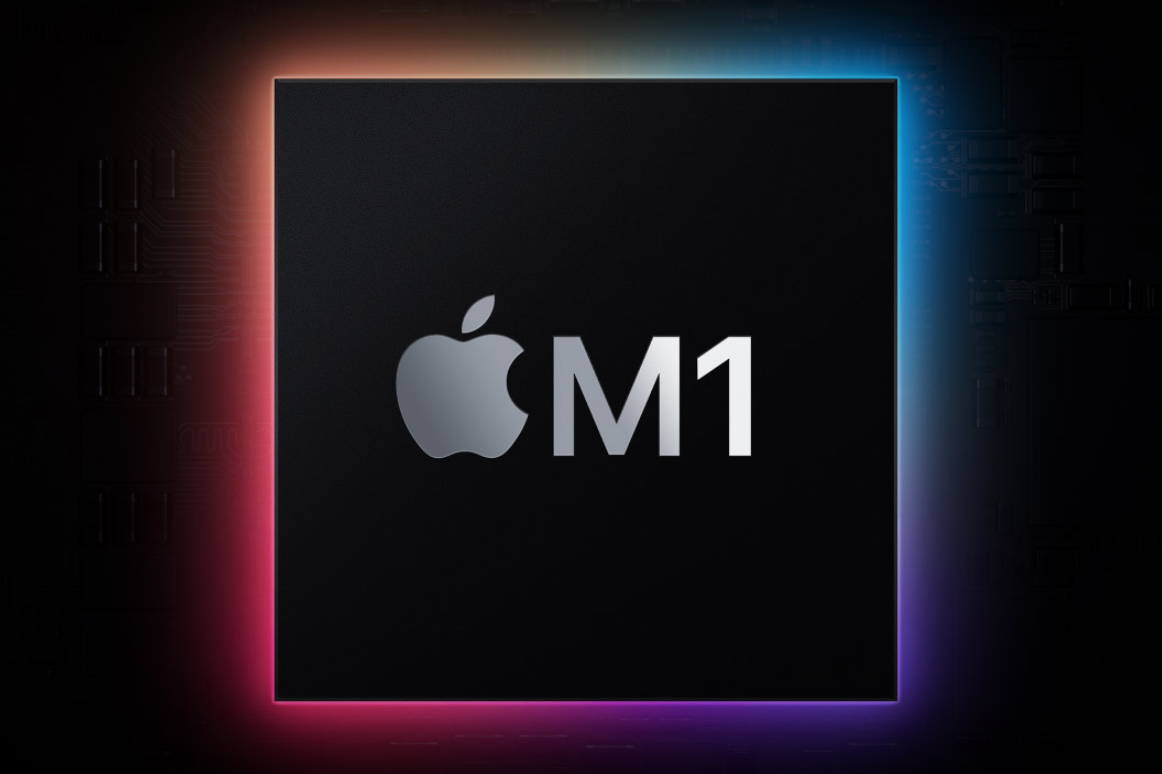Apple recently announced new products based on its "Apple Silicon" processor chip. Will Apple disrupt the entire PC industry? Will Arm replace X86? Can X86 continue to roam the earth? These reports are often seen in the newspapers.
Or maybe it's just a company hyping up its products.
There was a time when computer companies always designed and manufactured their own processors. This is true for IBM, Burroughs, Data General, Digital Equipment Corp., Motorola, Sun Microsystems, Texas Instruments, Fujitsu, Rockwell, Hewlett Packard, etc. These companies take pride in creating the differentiation achieved by their own processors.
But then these companies discovered:
(A) The design and maintenance of the processor are really expensive;
(B) The customer does not care;
(C) Actually, there is not much difference. Everyone follows the same rules, attends the same seminars, reads the same research papers, and solves the same problems.
Of course, the details of these CPUs vary. But in the first-order approximation, they all provide comparable performance, power efficiency (if anyone cares), and flexibility.
However, customers still don't care.
Economically speaking, it makes more sense to integrate all CPU design work. This is why later computer companies started buying CPUs instead of choosing to manufacture them themselves.
There is no doubt that everyone wants their CPU to become the standard for everyone else, so IBM (PowerPC), Sun (SPARC), MIPS Computer System (MIPS), Intergraph (Clipper) and most other companies have tried it, hope Become a supplier of commercial microprocessors, but they all failed in the end.
Some people leave early. Some people are still fighting to the end, some people are still "living back" (ahem, Oracle).
But Intel eventually won. Although the reasons for their victory are different, some people think that their victory is mainly due to luck, but in the end someone must win, and Intel X86 "coincidentally" became the son of heaven.
It makes economic sense to run a large single-chip CPU company (such as Intel, AMD or some other company). They can concentrate on developing CPUs and share the cost of many computer companies and their consolidation.
Profits are invested in a single R&D budget, rather than being distributed to all competing CPU suppliers. The processor performance has soared, so computer companies don't have to worry.
The disadvantage is that all (almost) computers use the same processor, but customers don't care.
From a marketing perspective, computer companies are classified. When CPU suppliers started outsourcing their chip manufacturing, they were again classified. AMD and nVidia may design their own processors, but these chips are manufactured elsewhere.
Facts have proved that semiconductor R&D costs are even higher than CPU design costs. We are good at concentrating costs, amortizing costs among more customers, eliminating differentiation measures, and promoting the development of the most advanced technology.
Now, IBM ThinkPad PCs have been assembled and branded by Lenovo. They use AMD processors and their chips are manufactured by TSMC. Technical support may also be provided by a third-party professional company.
Intel is almost the last supporter of the "big smokestack industry" model, which is completed under one roof from design to manufacturing to marketing.
However, with the recent decline in the company's manufacturing technology and the reassessment of its way forward by top management, this situation may soon change.
ARM and other processor IP vendors have added another layer to this category.
Now, the CPU is designed in one place, integrated in another place, manufactured in another place, and then soldered into another company's product.
Product companies (such as Nest or Dell or Chevrolet or Samsung) have no say in processor design, pinout, feature set, cost, manufacturing or timetable.
Apple chose to reverse some but not all trends. This is better than the Cupertino company has not yet returned to the era of full vertical integration, but it has turned the clock back a bit.
Its M1 processor chip is based on an ARM-licensed architecture, but Apple has created its own chip. This eliminates several links in the chain between the instruction set and the final product.
Apple does not need to buy off-the-shelf chips and then design products that suit it, but can design the required chips from the beginning.
The instruction set is still universal, but we know it doesn't matter. Customers still don't care, Apple is good at swapping out ISA and making up for the difference.
According to comments. Apple’s new MacBook Air and other M1-based products have the same performance as x86-based products, which is excellent in itself. Performance, efficacy, and even software compatibility have been well received. Fans inevitably predicted the processor revolution and the new king.
Perhaps but, Apple's true innovation lies in returning to the basics.
M1 is a good product, but not particularly revolutionary.
It is only designed for its intended use. Apple didn't work as hard as a mass-market processor that would be shared with all competitors, but instead created what it wanted.
Bus, cache, instruction mixing, coprocessor, auxiliary hardware assistance. They are designed with the final product in mind.
In other words, M1 is the right part in the right place. The efficiency is very high, and the surrounding logic is designed for this, and vice versa. The operating system is designed for this and vice versa.
If that is the trend of the future, come on. I go all out for efficient design. It is not for everyone.
It is impossible for all of us to have Apple's R&D budget-but working hours are glorious. However, please don't forget that M1 is not special because of a special secret ingredient. It has the same basic CPU, the same logic and the same TSMC manufacturing as the others.
Apple (this time) did not deceive physics or avoid reality. This is just the result of a good top-down design philosophy and focus on integration rather than classification.
So, when did MacBook start to invade the PC market?

